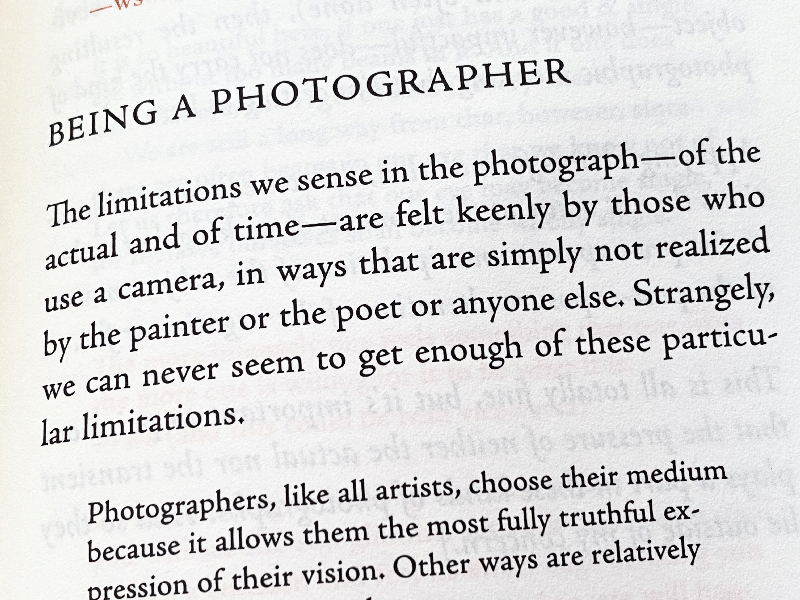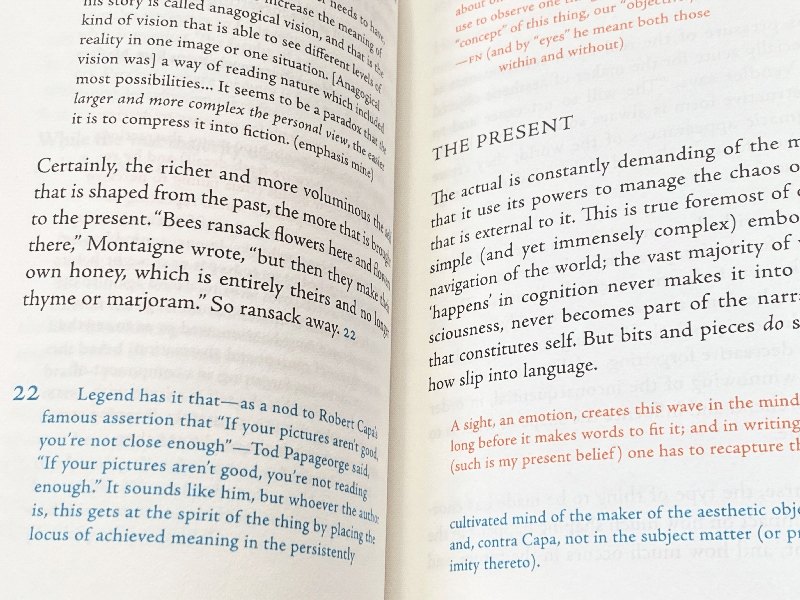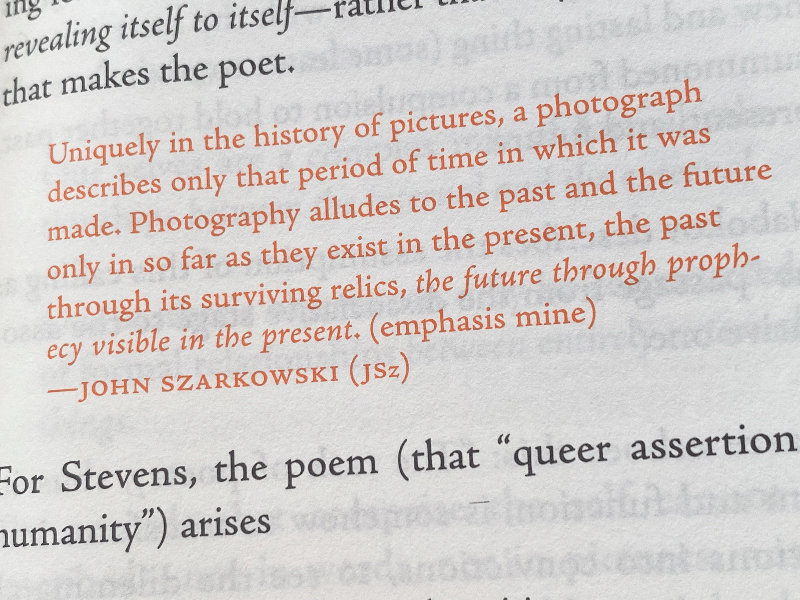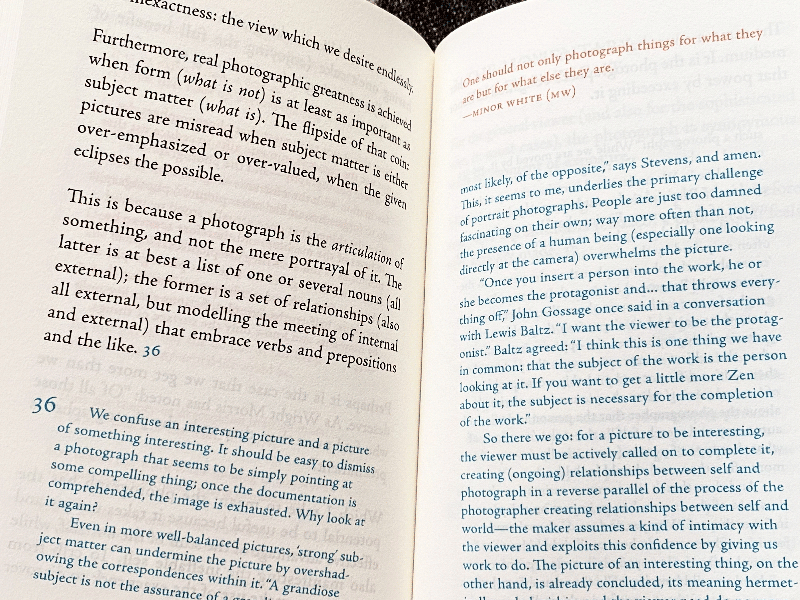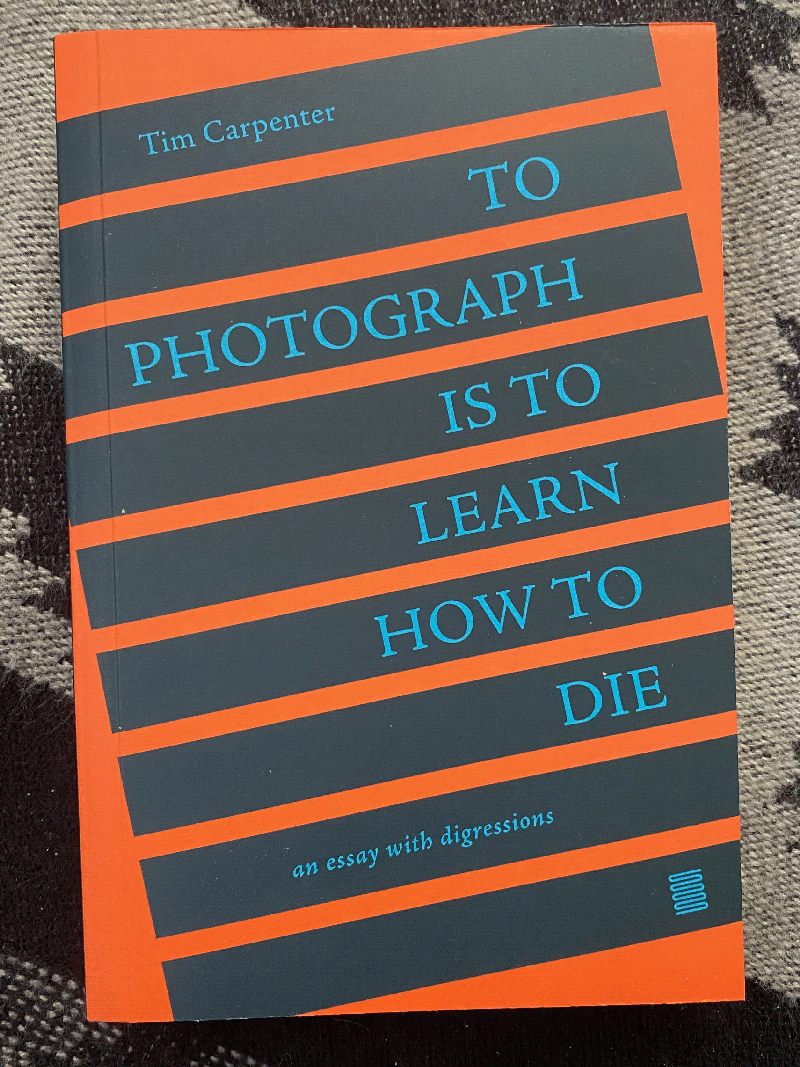248 pages / 11.5 x 17 cm / Paperback
ISBN 979-8-985733-00-6
Order in Germany from BILDBAND
Order in Italy from MICAMERA
Order in Australia from PERIMETER
Order in Canada from ART METROPOLE
Order in the UK from SETANTA BOOKS
43 in stock
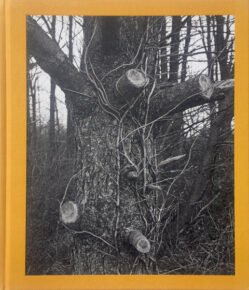
Tim Carpenter’s book-length essay often feels lit from within — thanks to his own insights sagely illuminated by gems from his fellow photographers, poets, musicians, painters, curators, and others. I keep the book on my bedside table near the poems of Emily Dickinson and Tomas Tranströmer, for those sleepless nights when a little light — or enlightenment — is needed.
— Rececca Norris Webb
In To Photograph Is To Learn How To Die, Tim Carpenter has crafted a dynamic weaving of thought that I can best describe as a 3-D read. Using quotes by poets and philosophers to specify, and his own writing to illuminate and unify, he describes in 360˚ the perspective on creative thought and action that we’ve been needing, waiting for. You’ll want to keep this book nearby.
— Terri Weifenbach
I don’t know anybody who believes in photography more than Tim Carpenter. His book-length essay draws widely from literature, music, and philosophy, but it’s in service of his passionate sermon on photographs and their ability to elevate our experience of the world. Preach, Brother Tim! Preach!
— Alec Soth
To tease out the ineffable and ultimately leave it undisturbed. This is a book that rewards those who defiantly embrace the idiosyncrasies and shortcomings that lend us our essential individuality while sharing in an abiding love for this flawed world.
— Raymond Meeks
•
To Photograph Is To Learn How To Die is a book-length essay about the essential usefulness of the practice of making photographs. Drawing on the writings of Wallace Stevens and dozens of other poets, artists, musicians and thinkers, American photographer Tim Carpenter argues passionately — in one main essay and a series of lively digressions — that photography is unique among the arts in its capacity for easing the fundamental ache of our mortality; for managing the breach that separates the self from all that is not the self; for enriching one’s sense of freedom and personhood; and for cultivating meaning in an otherwise meaningless reality. Printed in three colors that reflect the various ‘voices’ of the book, the typographically innovative text design follows several channels of thought, allowing for various approaches to reading. A unique and instructive contribution to the literature on photography, Carpenter’s research offers both a timely polemic and a timeless resource for those who use a camera.
